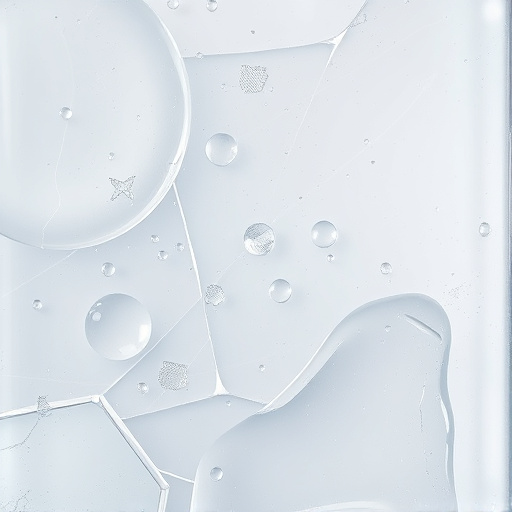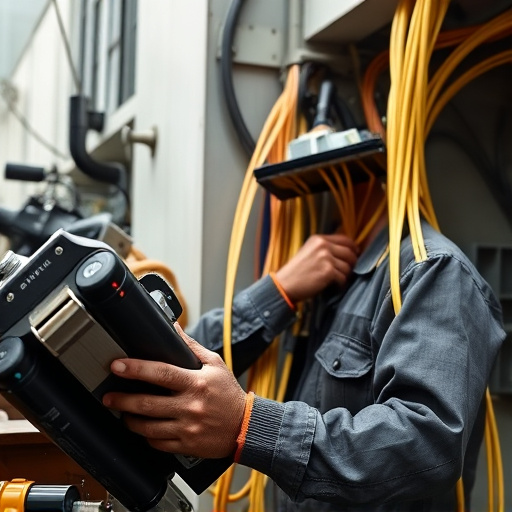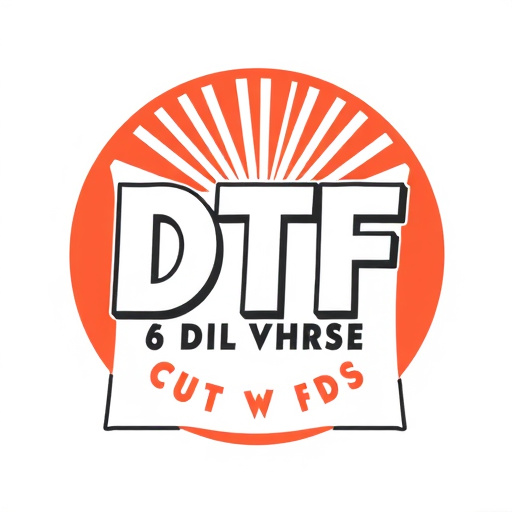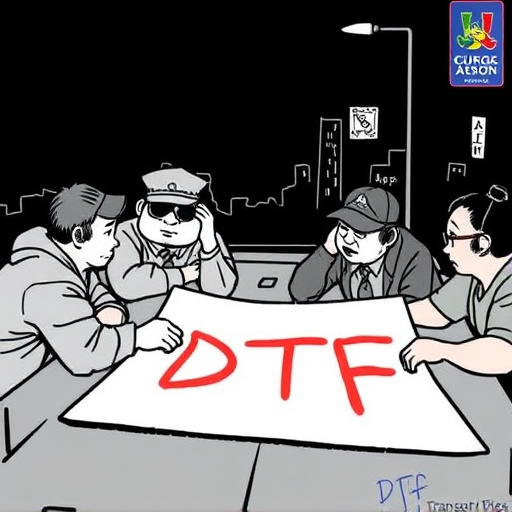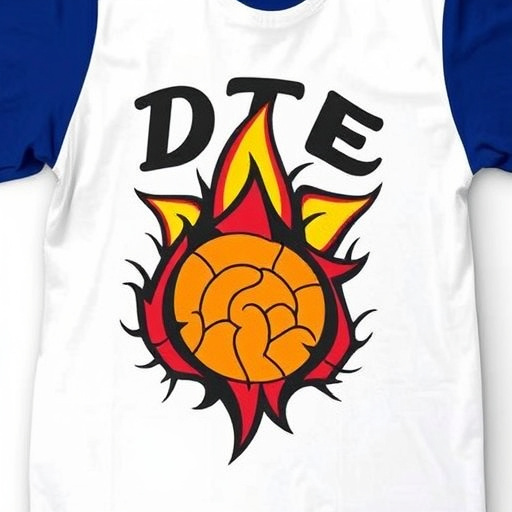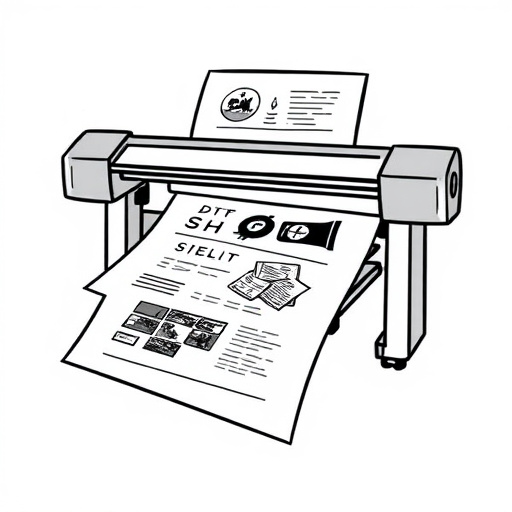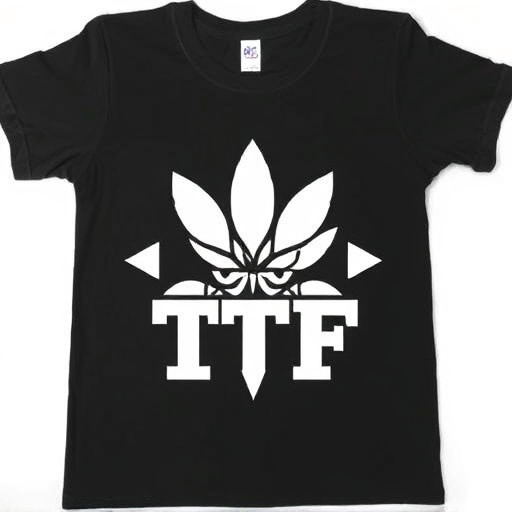DTF Transfer Film is a game-changer for textile customization, allowing easy printing on fabrics like cotton and polyester. Its thin, flexible design offers precise, vibrant prints, ideal for small batches or personalized items. Compared to HTV, which is more versatile but less vibrant, DTF provides a simple cold peel process for intricate designs. Choose based on target surfaces, design complexity, and application preference.
“Unraveling the mysteries of DTF Transfer Film and its rival, Heat Transfer Vinyl, this comprehensive guide aims to enlighten creators and businesses alike. We’ll explore the unique properties and advantages that make DTF a game-changer in the world of print-on-demand. In contrast, Heat Transfer Vinyl remains a popular choice with specific benefits. By delving into their features, applications, and disadvantages, we’ll help you decide which is the better option for your needs, ensuring optimal results with DTF Transfer Film.”
- Understanding DTF Transfer Film: Properties and Advantages
- Heat Transfer Vinyl: Features, Applications, and Disadvantages
- Comprehensive Comparison: DTF vs Heat Transfer Vinyl for Best Choice
Understanding DTF Transfer Film: Properties and Advantages

DTF Transfer Film, or Direct-To-Fabric (DTF) printing film, is a game-changer in the world of textile customization. This innovative material offers a simple and efficient way to print designs directly onto various fabrics, making it an appealing option for both professional printers and DIY enthusiasts. The film’s properties make it highly versatile; it can be used on a wide range of materials, including cotton, polyester, and even synthetic blends, allowing for creative applications in apparel, home decor, and more.
One of the key advantages of DTF Transfer Film is its ease of use. With a thin, flexible design, it adheres perfectly to fabric surfaces, ensuring precise and vibrant prints. The process involves feeding the film into a specialized dtf printer, which transfers the image directly onto the garment or fabric. This method eliminates the need for complicated setups and reduces preparation time, making it ideal for small-batch productions or personalized items like custom hoodies (using dtf printing for hoodies). Moreover, DTF films offer excellent color accuracy, allowing for stunning and long-lasting designs that withstand washing and wear, ensuring your creations remain vibrant over time.
Heat Transfer Vinyl: Features, Applications, and Disadvantages
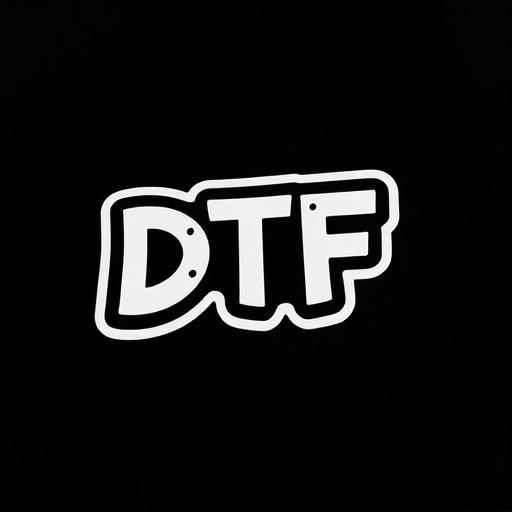
Heat Transfer Vinyl (HTV) is a versatile material widely used in the garment and textile industry. It’s a type of vinyl sheet that undergoes a heat-application process to transfer designs onto fabrics, resulting in vibrant and durable prints. One of its key features is the ability to produce high-quality, long-lasting graphics, making it ideal for custom apparel, uniforms, and promotional merchandise.
While HTV offers excellent print quality and durability, it has some disadvantages. The material can be challenging to work with, requiring specialized equipment and expertise. It’s also more expensive than traditional printing methods and may not be suitable for complex designs or small-batch production due to its rigid nature. Additionally, the heat-application process demands precise temperature control, which can be a learning curve for beginners. Despite these drawbacks, HTV remains a popular choice, especially with the advent of direct-to-garment (DTF) printing technologies, where DTF transfer sheets offer a more accessible and cost-effective alternative for creating high-quality prints on demand.
Comprehensive Comparison: DTF vs Heat Transfer Vinyl for Best Choice
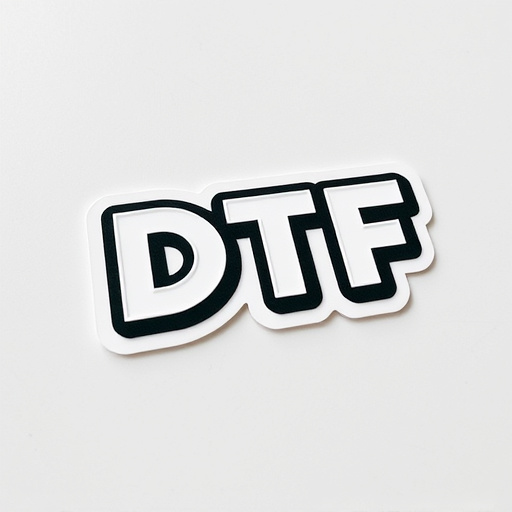
When choosing between DTF Transfer Film and Heat Transfer Vinyl, the decision depends on your specific needs and preferences. DTF (Direct to Fabric) transfer film offers a streamlined process for creating intricate designs with vibrant colors directly onto garments, making it ideal for custom printing on hoodies and other apparel items. The cold peel feature of DTF transfers allows for easy application and removal, simplifying the heat pressing process.
On the other hand, Heat Transfer Vinyl (HTV) remains a popular choice due to its versatility and durability. While it may not match DTF’s color vibrancy or ease of application, HTV is suitable for a broader range of materials beyond just fabric. For those seeking a more versatile solution for creating custom designs on various surfaces, HTV presents a compelling option. Consider your target materials, desired design complexity, and the level of ease you require when making your selection between DTF transfer film and heat transfer vinyl.
When choosing between DTF Transfer Film and Heat Transfer Vinyl, understanding their distinct properties is key. DTF offers superior ease of use and design flexibility, making it ideal for small-batch production and custom designs. Meanwhile, Heat Transfer Vinyl remains a popular choice for large-scale applications due to its cost-effectiveness and durability. Ultimately, the best option depends on your specific project needs, whether it’s the creative freedom of DTF or the economy of HTV.


